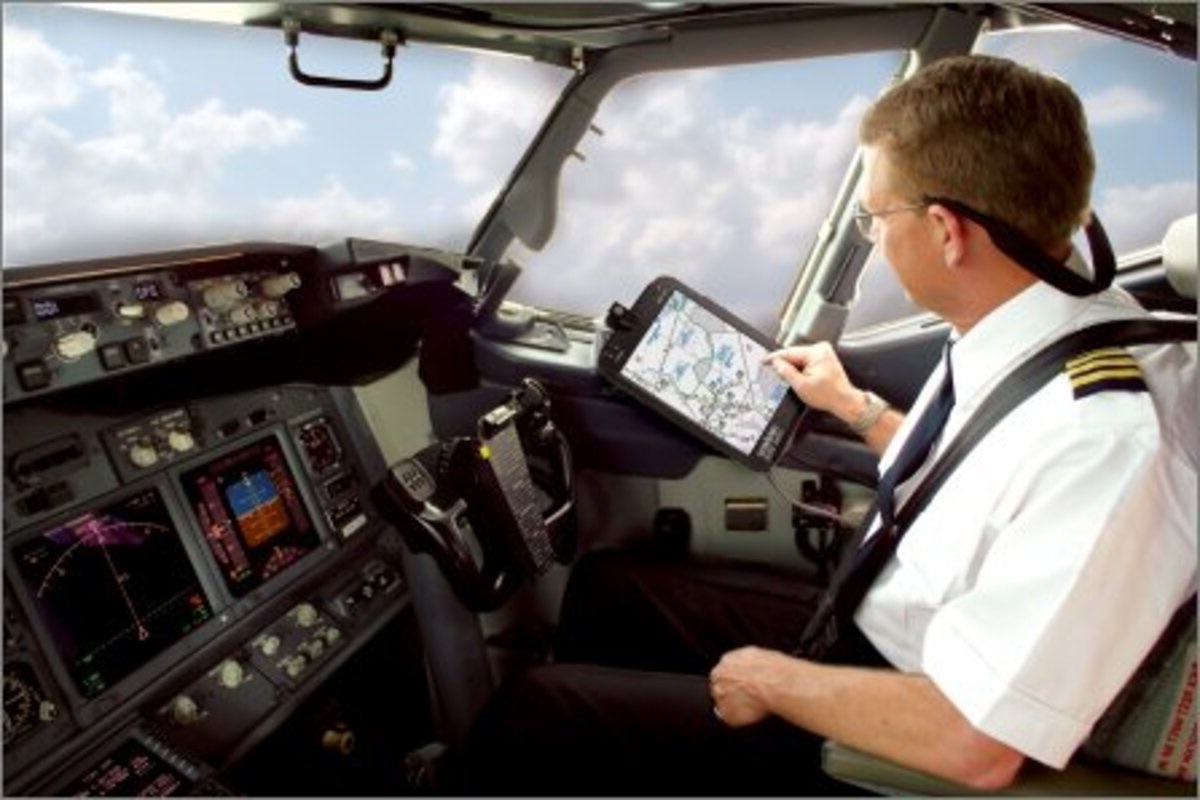FAA extends flight criteria relief: U.S. aviation officials announced that minimum flight criteria would remain temporarily lowered. This will free up crowded New York City and Washington National Airports until October 28. Air traffic controller shortages necessitated this legal relief.
Delta Air Lines (DAL.N) and United Airlines (UAL.O) settled with the FAA in March. This deal allowed New York and Washington National Airports to restore up to 10% of slots and flights temporarily. This strategy initially lasted until September 15.
Big airlines began a fervent effort to extend the exemption in September. They stated air traffic workers in a crucial New York area had not improved. United Airlines requested an extension at the end of June, indicating their concern.
Airline workers know their limits. Airlines risk losing crucial take-off and landing slots at major airports if they are empty less than 80% of the time.
The FAA partnered with a well-known air traffic controller group to address the issue. They want to permanently solve the New York Terminal Radar Approach Control (TRACON) staffing issue. June’s government audit revealed the FAA’s air traffic manning issue. It showed that the New York TRACON has 54% fewer employees than ideal.

Read More: Tiffany Gomas American Airlines: Dallas Marketing Guru
The FAA calmly advised airlines to prepare for the cessation of additional waivers connected to agency manpower after October 28. The FAA ordered airlines to employ larger planes to boost flight capacity.
Airlines for America, a prominent trade group, polled the industry and indicated that the extension of regulatory exemptions was appreciated. Air traffic controller staffing issues applauded the FAA’s flexibility. Conscious of the wider picture, U.S. airlines would continue to use bigger planes to reduce demand on the national aviation system.
Chicago-based United Airlines has changed its business model. The airline informed Newark Liberty International Airport that it would reduce daily flights to 395. Before the FAA granted a waiver in March, busy days had 438 flights.
Recalling last summer reveals an interesting fact. Air traffic control staffing issues delayed 41,498 New York-bound flights during peak travel season.
Newark’s airspace was re-calibrated by the FAA in March. The vigorous operational change debate was good. Sending them to Philadelphia Terminal Radar Approach Control would solve N90 staffing issues. Despite this, the airspace change is still underway.
Our Reader’s Queries
What is the FAA 6 month rule?
For pilots aged 40 and above, renewing their First class medical certificates every six months is mandatory. Commercial pilots, who engage in activities like crop dusting, delivering canceled checks, or transporting passengers or cargo for hire, must possess a Second class medical certificate.
What is the FAA 7 day rule?
Flight crewmembers engaged in scheduled air transportation must be relieved from all further duty for at least 24 consecutive hours during any 7 consecutive days by the certificate holder conducting domestic operations. This ensures that the crewmembers have adequate rest and are able to perform their duties safely and efficiently.
Which of the following criteria is compulsory for an airport to be designated as a reliever airport?
To qualify as a reliever airport under FAA standards, certain criteria must be met. These include having over 75,000 annual operations, a runway that exceeds 5,000 feet, a precision instrument landing procedure, more than 100 based aircraft, and the ability to alleviate an airport with 20,000 hours of annual delays for commercial passenger aircraft operations. Meeting these requirements ensures that the airport can effectively serve as a backup for larger airports and help alleviate congestion.
How do I get an FAA exemption?
To request an exemption from a Federal Aviation regulation, simply follow the instructions outlined in 14 CFR Part 11 or visit the Petition for Exemption or Rulemaking website. This allows you to petition for an exemption from any rule issued by the FAA under Title 14 of the Code of Federal Regulations (CFR). It’s a straightforward process that can be easily completed by anyone seeking an exemption.

